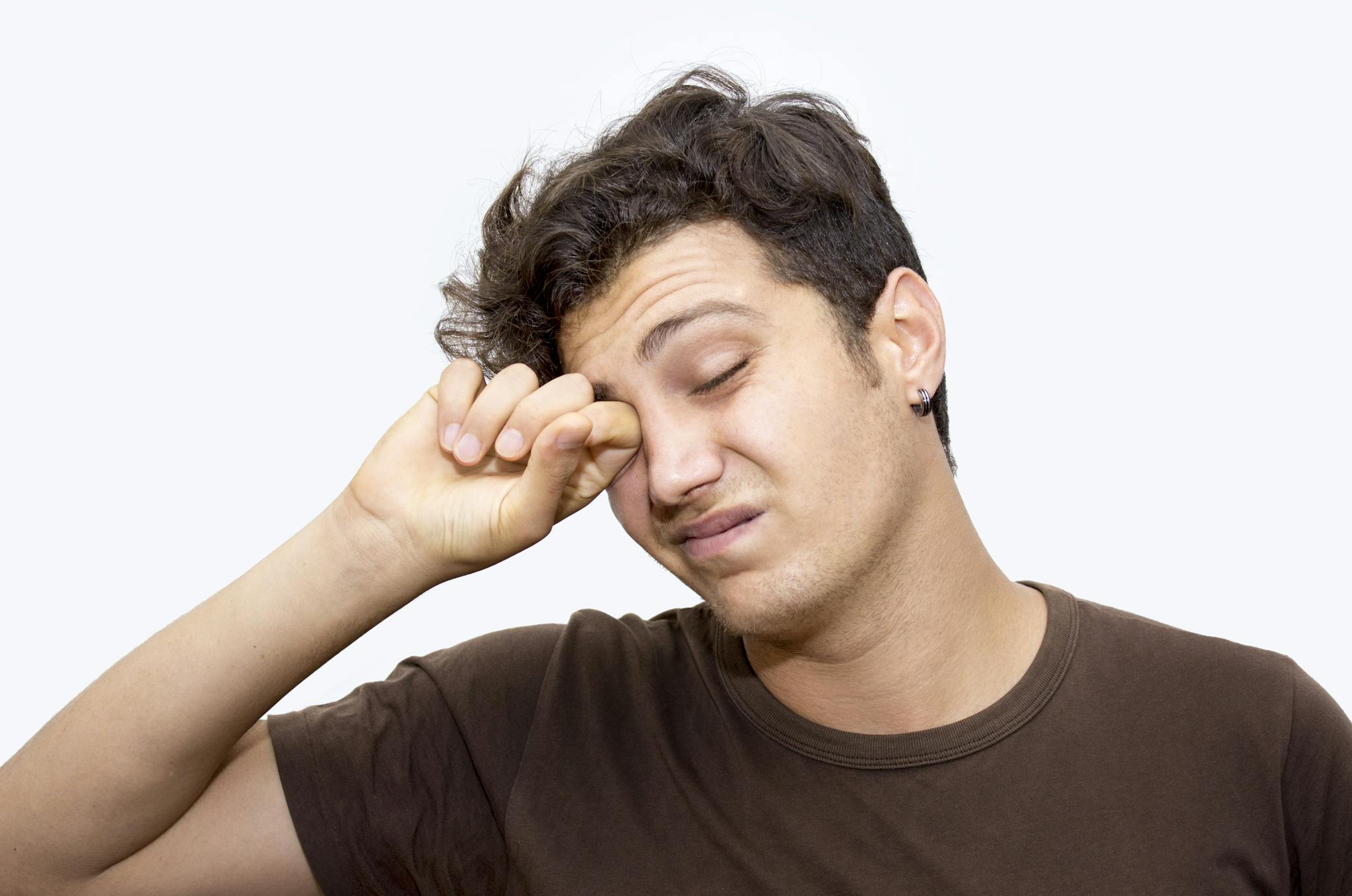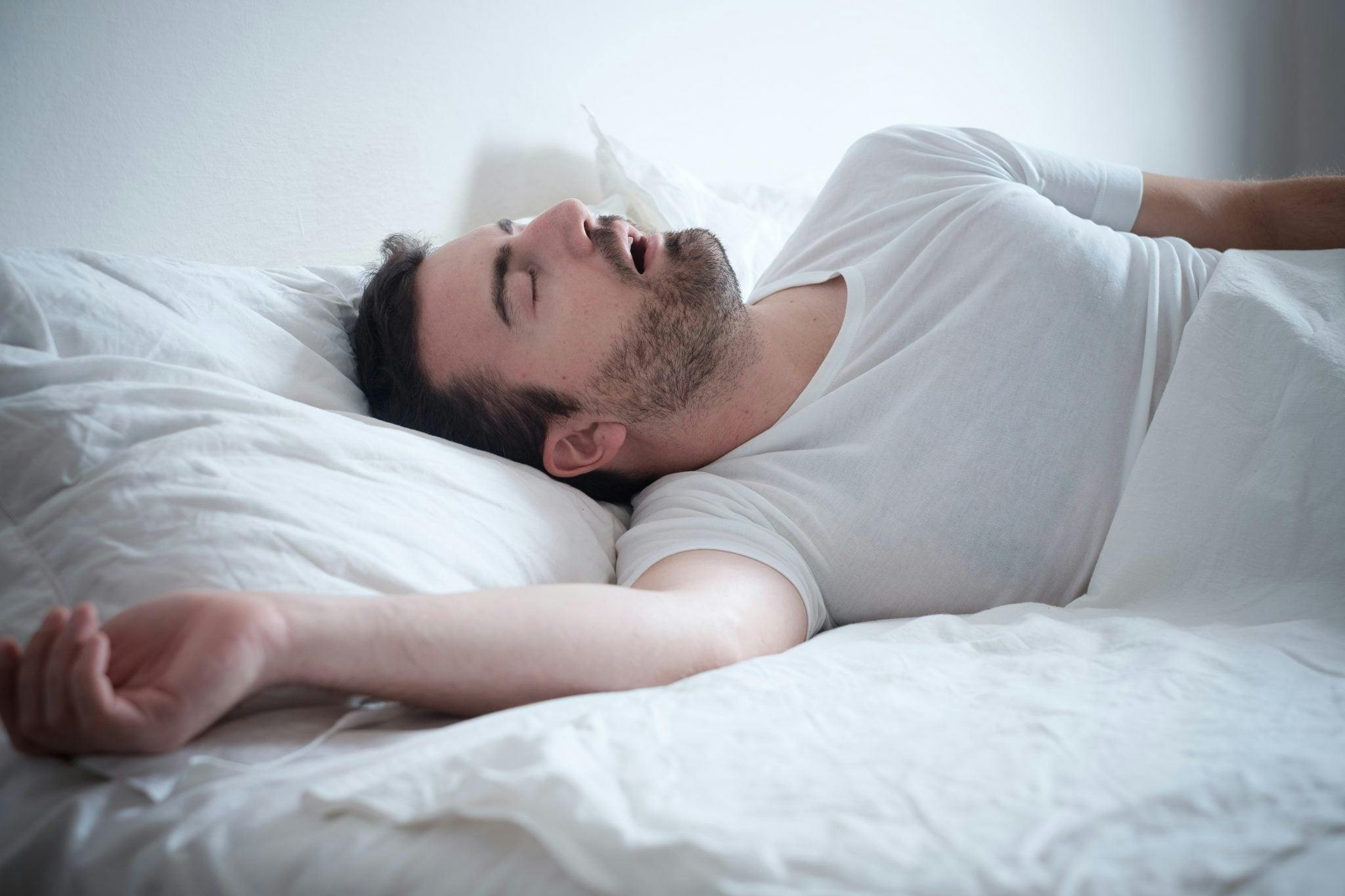
2023-05-03T09:45:20
Sleep apnea linked to degenerative brain diseases
- Sleep Medicine
December 15, 2017 | Sleep Medicine

Have you ever heard of narcolepsy? Narcolepsy is a sleep disorder that affects about one in 2,000 people in the United States. Symptoms typically begin between the ages of 10 and 20 years old. The main symptom of narcolepsy is excessive daytime sleepiness. Other symptoms that can also be experienced when a person has narcolepsy include cataplexy, hallucinations and sleep paralysis.
Excessive daytime sleepiness is when a person is tired during the day even when they have had a full night’s sleep. This sleepiness can occur during many different activities, including talking with others or driving. Sometimes a brief nap can help people feel alert, but the sleepiness typically returns after 1-2 hours. Many narcoleptics will fall asleep involuntarily even when they have been getting enough sleep at night.
Cataplexy is a muscle weakness that can range from barely noticeable to severe and is often triggered with strong emotions. “When people who have the symptom of cataplexy are laughing or angry, their cataplexy might show up as slight pressure on their eyelids, or it could be more serious causing them to fall down.” In patients with narcolepsy, the lines between sleep and wake are blurred. This means that muscle paralysis that occurs during REM sleep can also occur during wake.
Intense dream-like hallucinations can occur in people with narcolepsy while they are falling asleep or waking up.
Some people with narcolepsy lose the ability to move and feel paralyzed as they are either falling asleep or waking up in the morning.
Sometimes narcolepsy can be genetic, but in most cases it is not. People that have narcolepsy with cataplexy are often missing a substance called hypocretin. Hypocretin can be measured in a sample of cerebrospinal fluid, which does require a lumbar puncture—also known as a spinal tap. Narcolepsy is a lifelong condition that can be very dangerous if left untreated especially while driving. Studies show that people with untreated narcolepsy are 10 times more likely to get in a car accident than those that are treated. One of the best ways to diagnose for narcolepsy is a sleep study. These studies may include an overnight study and/or taking several naps during the day. Data is collected on how fast you fall asleep.
Many people with narcolepsy are treated with medications. These medications are typically stimulants that help them to stay awake. Others may take antidepressants to help with cataplexy. Changes in lifestyle can also help to make sure narcolepsy symptoms are well controlled.
AUTHOR: Jennifer Despain, RPSGT, RST
If you continue to experience problems falling and staying asleep after trying these solutions, talk to your doctor to find out if you may have an underlying sleep disorder causing you to have a difficult time falling asleep or staying asleep at night.
WRITTEN BY:
The Live Better Team

2023-05-03T09:45:20

2019-07-31T10:27:27

2019-05-14T09:35:08

2018-09-29T12:00:15
This information is not intended to replace the advice of a medical professional. You should always consult your doctor before making decisions about your health.